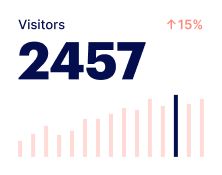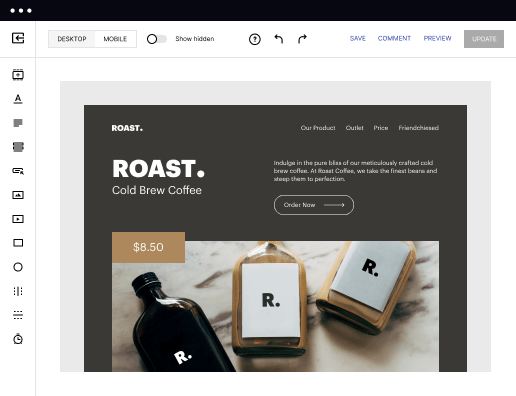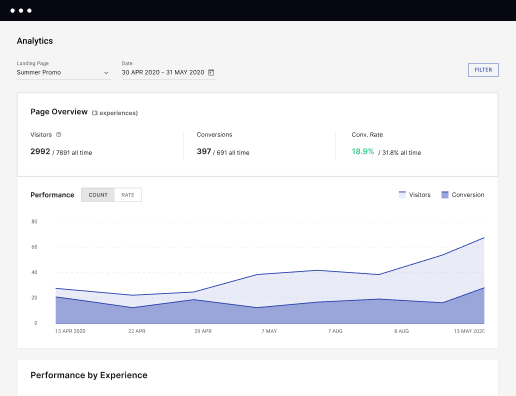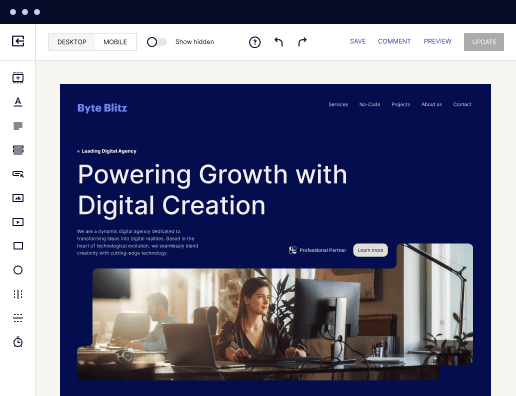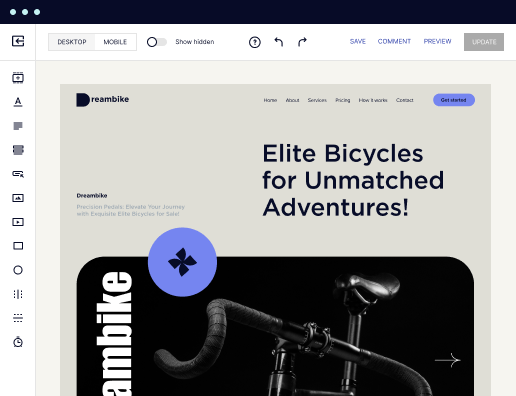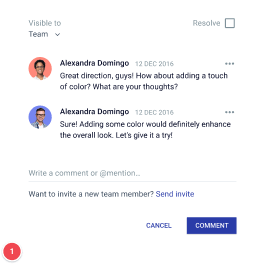Make your 401 unauthorized page designed for CentOS
Instapage empowers you to reduce costs, increase conversions, and deliver meaningful experiences on CentOS.
Build your 401 unauthorized page on CentOS effectively with Instapage
Creating a 401 unauthorized page on CentOS is crucial for managing user access and enhancing the user experience. With Instapage's flexible landing page creation tools, marketers can design pages that are both authoritative and welcoming. This guide will help you seamlessly integrate your CentOS server's authentication protocols with your landing page while ensuring that your branding and messaging remain intact.
Understanding the 401 Unauthorized Error
A 401 unauthorized error indicates that the request has not been applied because it lacks valid authentication credentials for the target resource. When building a dedicated 401 page on CentOS, it becomes essential to convey the right message to your users while retaining brand integrity.
- User Retention: A well-designed error page can reduce bounce rates by providing clear action items.
- Brand Trust: Customizing your page reinforces your brand’s authenticity and transparency with users.
- SEO Considerations: An optimized error page helps maintain a positive user experience, contributing to better SEO performance.
Step 1: Setting Up Your CentOS Server Configuration
The first step involves configuring the CentOS server settings to properly serve your custom 401 error page. This is how you can do it:
- Access the Apache configuration file: Execute `sudo nano /etc/httpd/conf/httpd.conf` to open the config file.
- Add custom error document settings: Include `ErrorDocument 401 /path/to/your/401.html` to specify your custom page location.
- Restart the server: Execute `sudo systemctl restart httpd` to apply your changes.
Step 2: Creating your Custom 401 Unauthorized Page
With the server configured, it's time to create the page itself. A good 401 unauthorized page should guide users on what to do next. Consider the following points:
- Clarity: Provide a clear message stating that authentication is required, explaining the purpose.
- Contact Information: Include options for users to reach support if they're having trouble accessing their account.
- Brand Consistency: Use colors, fonts, and messaging in line with your brand identity.
Step 3: Integrating with Instapage for Enhanced User Experience
Now that your page is created and configured, leverage Instapage to provide a seamless experience. Here’s how:
- Use Instablocks for easy design: Instapage offers a library that can help you quickly create pages without coding.
- Dynamic text replacement: Customize messages based on user behaviors or demographics to increase relevance.
- A/B Testing: Use Instapage’s built-in experimentation features to test different messages and designs for effectiveness.
In conclusion, a correctly implemented custom 401 unauthorized page on CentOS is essential for user trust and satisfaction. By using tools like Instapage, you ensure that your pages are not only functional but also visually aligned with your brand.
Ready to enhance your user experience with customized error pages? Start using Instapage today to create engaging landing pages that improve conversions and customer loyalty.
Get more out of Build your 401 unauthorized page on CentOS
Improve your Quality Score with quick load technology for landing pages
Increase conversions with content that aligns with your ads and audiences
Achieve maximum ROI by scaling your marketing initiatives
Leading the way in building high-performing landing pages





FAQs
See how to build your 401 unauthorized page on centos in action
Ready to skyrocket conversions?
Supercharge your ad campaigns with high-performing landing pages.
Get started
